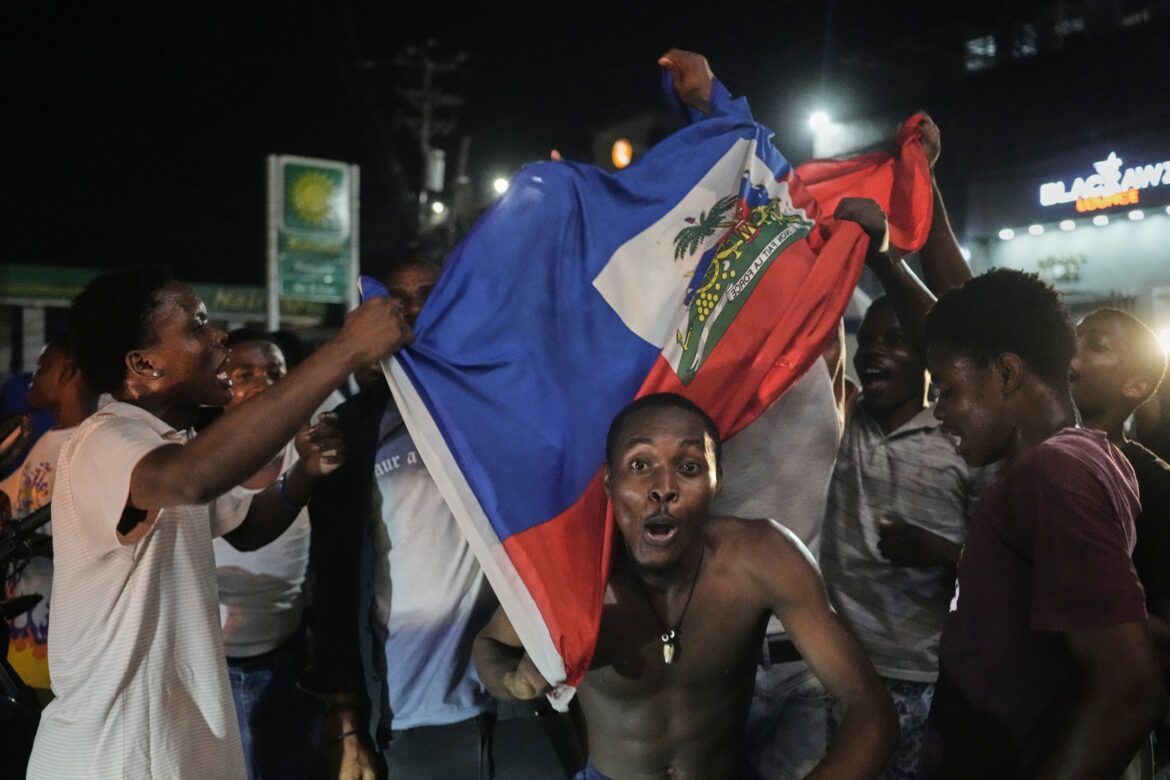Overview:
A quick explainer tracing the origins of the Haitian Creole phrase “grenadye, alaso,” its connection to the French command “Grenadiers, à l’assaut,” and the way Haitians remodeled it right into a rallying cry for braveness, unity and collective battle – from the Battle of Vertieres to the FIFA World Cup pitch.
‘Grenadye, alaso!’
Few phrases stir Haitian satisfaction and collective reminiscence the best way this brief rally cry does. Rooted in Haiti’s revolutionary period, it means, sportingly, “Warriors, let’s go.”
Chanted in moments of fight and celebration, the phrase derives from “Grenadiers, à l’assaut,” a French army command that interprets to “Troops, assault!” Colonial French officers used the decision to sign particular forces infantry items to advance on the enemy throughout battle. Enslaved ancestors who served in France’s armies made the phrase theirs—simply as they claimed the land and turned Saint-Domingue into the First Black Republic.
Because the nation’s heroes of independence went on the assault towards their enslavers, they repeated the phrase to rally the troops and hold morale excessive, merging ‘à l’assaut’ into one phrase as they marched towards liberation.
Instilling nationwide satisfaction
In Haiti, schoolchildren realized the phrase as a part of a music the liberty fighters sang in unison. Its call-and-response type echoes the rhythm of African tradition, making it straightforward for youngsters to recollect as they took turns calling out and repeating the traces collectively.
Grenadye, alaso.
Sa ki mouri zafè a yo.
Nanpwen Manman, nanpwen Papa
Sa ki mouri zafè a yo.
Loosely translated, the struggle music requires troopers to assault, to march on previous those that’ve perished behind and neglect about family members within the march.
In lots of retellings of the Haitian revolution inside school rooms and dwelling rooms, kids additionally study that when troops have been drained, they refused to surrender and would reply to the decision with ‘Nou la toujou’ — that means “We’re nonetheless right here.”
From the battle subject to the soccer pitch
Over time, “Grenadye, alaso” has grow to be an emblem of unity, shared battle and anticipated victory. It seems in political speeches, konpa lyrics, diaspora gatherings and on a regular basis conversations.
Generally it merely means “keep sturdy.” Different instances, it means “let’s transfer collectively.” Or, “Nou nan konba,” one other phrase that means we’re in a combat.
When Haiti established its nationwide soccer crew in 1904, one of many earliest within the Caribbean, it aptly selected the identify “Les Grenadiers.” It embodies resistance, unity and defiance within the face of overwhelming odds—qualities which have grow to be inseparable from Haiti’s id.

The ladies’s nationwide crew carries the parallel identify “Les Grenadières,” a feminized type that upholds French grammatical conference. Collectively, the 2 groups signify a contemporary evolution of a centuries-old ethos: Haitians advancing regardless of adversity.
Greater than a nickname, gamers usually shout the phrase earlier than every match, similar to troopers charging into battle.
A cultural cry heard throughout the globe
Now, for Haitians throughout the globe — whether or not in Port-au-Prince, Cap-Haïtien, Brooklyn, Willemstad (Curaçao), Provinciales (Turks and Caicos), Rio de Janeiro, Santiago (Chile), Santo Domingo, Mexico Metropolis, Paris or Doha (Qatar) — “grenadye, alaso” is an affirmation of id and anticipated victory.
Grenadye, alaso.
Nou la toujou.

